Doucefleur / iStock
3 Ways to Save Money on Allergy Friendly Food
Here are our 3 Ways to Save Money on Allergy Friendly Food. With food prices on the rise everyone is looking for ways to save money on their groceries. What we find is some of the most popular tips do not really work when cooking for allergies. Money saving tips like switching to the generic brands or using coupons don’t really help people with food allergies.
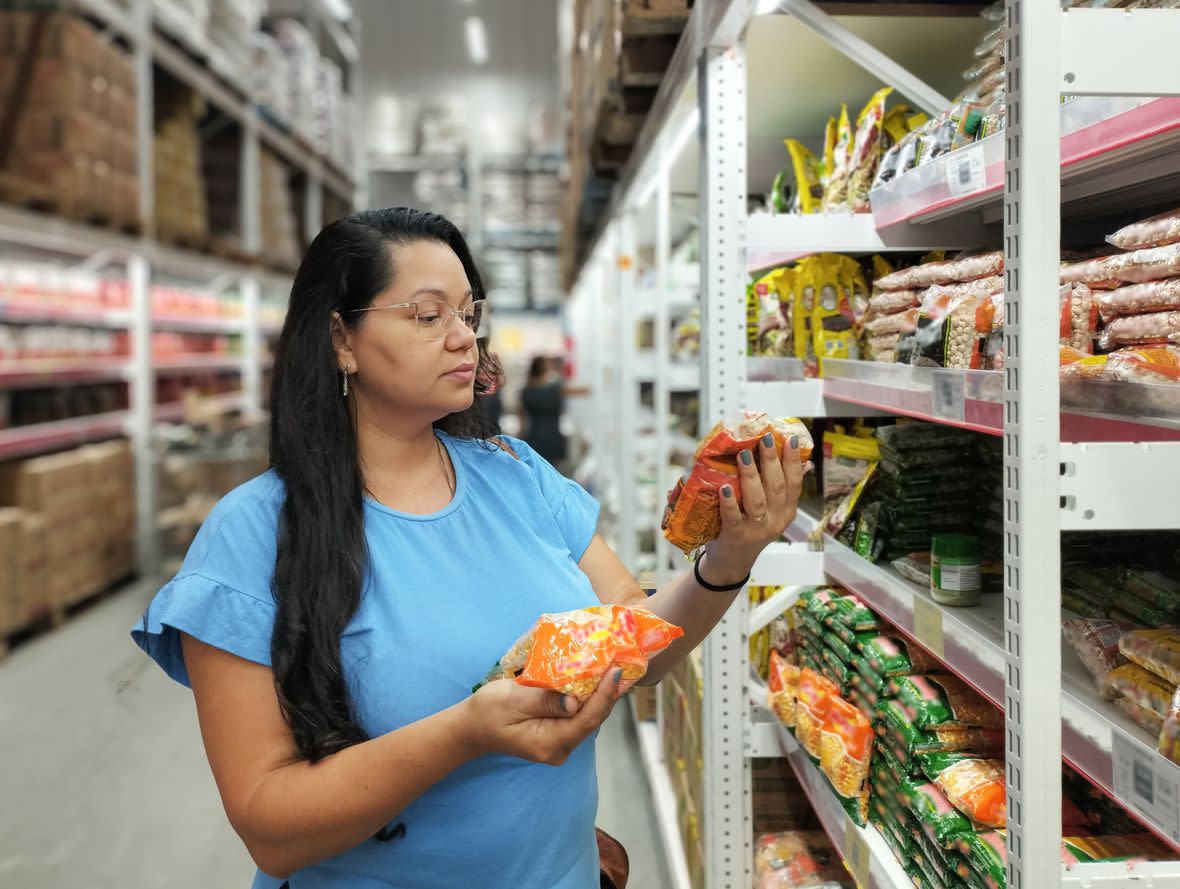

Rogerio Peccioli/Istockphoto
Tips and Tricks That Don’t Work as Well for Those with Food Allergies
Switching to Generic Brands
It can take a lot of work for us to find a safe brand or ingredient. It can include lots of testing, label reading, contacting the manufacturer, and research. So changing to a generic brand may or may not be suitable for someone with food allergies. Many generic brands are made by the same name brand company under a different label. However they may be made in a different factory. The possibility of a different recipe, on different equipment, or in a different country with different food allergy laws.
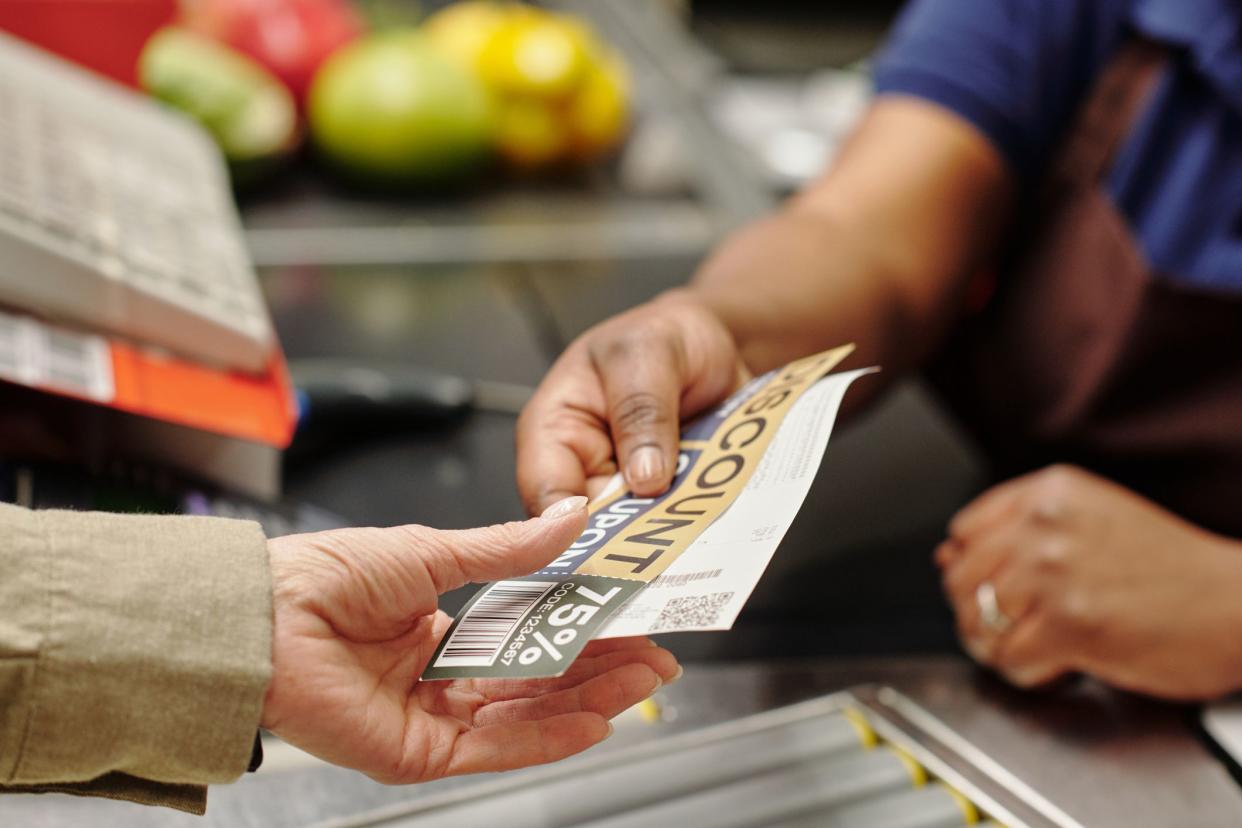

shironosov/istockphoto
Coupons and Manufacturer Discounts
Coupons are an awesome tip that works. We couponed for many years before allergies. It seems that a lot of the top allergen friendly brands either don’t do coupons or are small companies. Writing to them and asking for coupons or free products to try is something they cannot always offer. The smaller allergen friendly brands are working with small margins with premium allergen friendly ingredients. Our favourite dairy free dip for example is a family run business. They’re a mum and pop brand where the owner delivers to the stores to help keep their product costs lower.
With all of this said, We are going to give three first ways we cut our costs. Here is how we keep our food budget down for a family of 6 on a top 8 free restrictive diet.
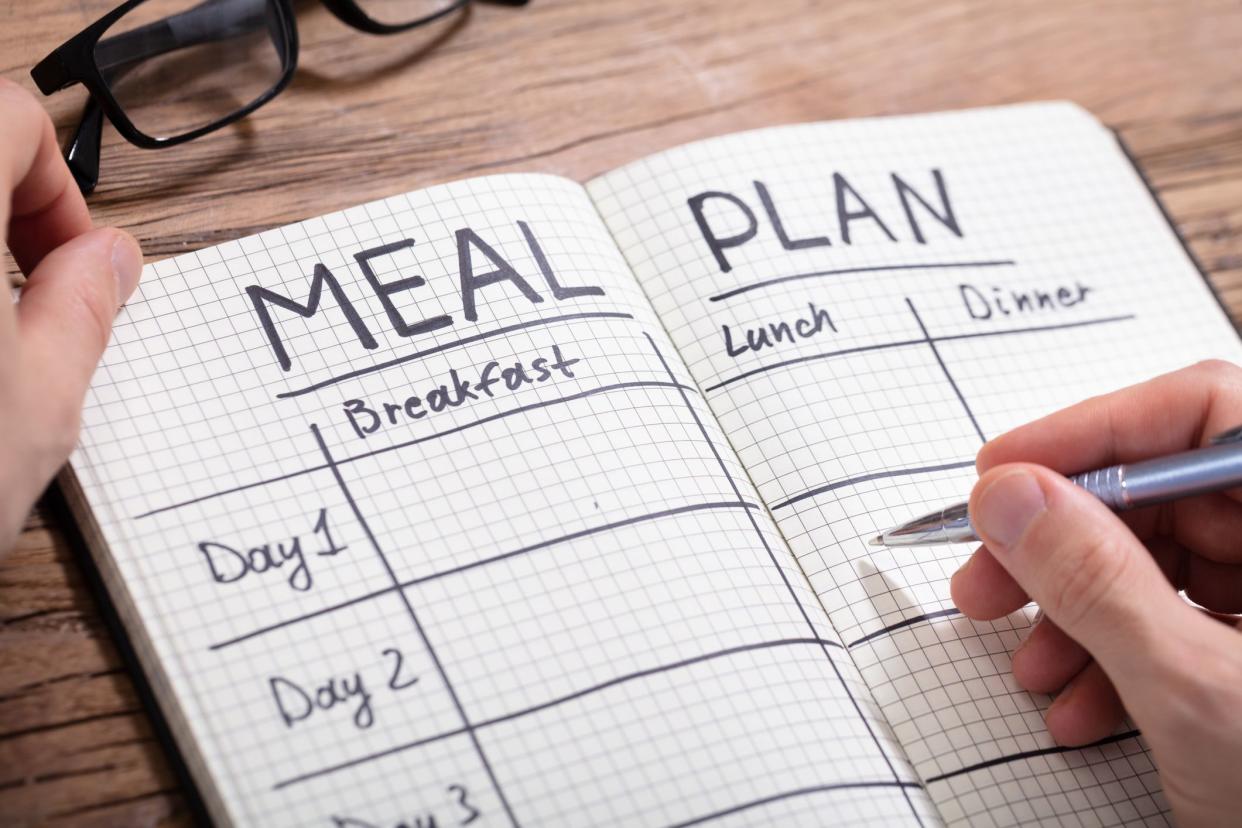

AndreyPopov/istockphoto
Tip 1 of 3 Ways to Save Money on Allergy Friendly Food
Meal Planning
This is probably our number one most important thing we do with food allergies. This one action not only saves us money, it saves us time and hassle. By meal planning we only shop at most 1 time a week. There are some times we go twice a month to the store. This reduces what we impulse buy and ensures we use everything we pickup.


PeopleImages/Istockphoto
How Planning can Mean Fewer Grocer Trips
Planning our meals means there is zero guessing on what we will have for dinner. This way we avoid going to the store and grabbing something that costs an arm and a leg. It allows us to work within a budget. What we do is look at the flyers to see what is cheaper and where. We do price match with flyers and shop around, if needed on things we can get at most stores. Not all our foods are available at all stores which means there is no shopping around. So we stock up when it goes on sale. Fewer grocery trips means fewer impulse items we purchase. We don’t go to the store for gluten free buns and come back with a plethora of chips bags.
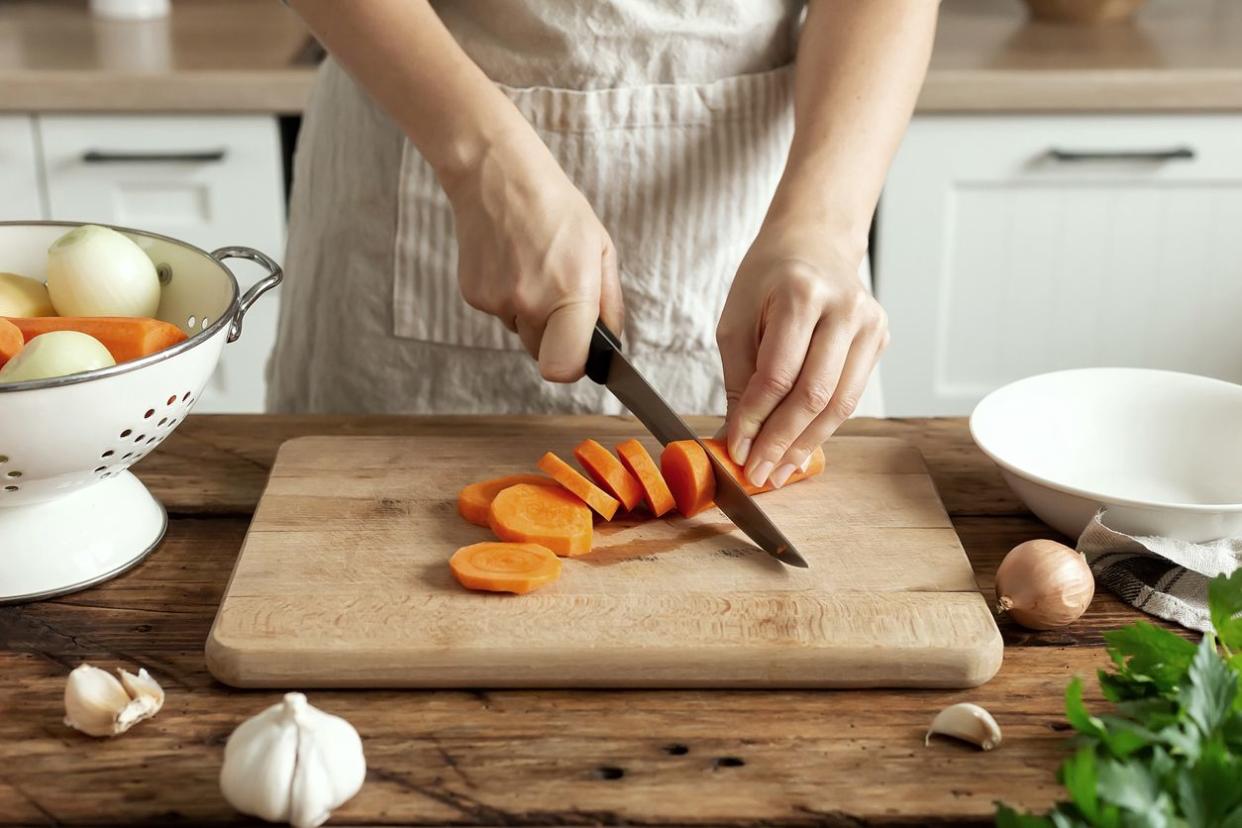

ivandzyuba/Istockphoto
Lowers Frustrations and Food Costs
We lessen how often we feel the frustrations of cooking for allergies by meal planning. It also allows us to plan out multiple meals with the same ingredients to reduce our grocery costs on items we can stretch across many meals. This works really well for ingredients like aquafaba. Using it in a meatloaf then having the chickpeas drained they will work well in falafels or a lentil and chickpea version of our shepherd’s pie. The mashed potatoes for the meatloaf can be doubled the night of the meatloaf for use the leftovers on the lentil shepherd’s pie. This will save both time and money. It uses one bag of potatoes over many meals so none go to waste and we are well fed.
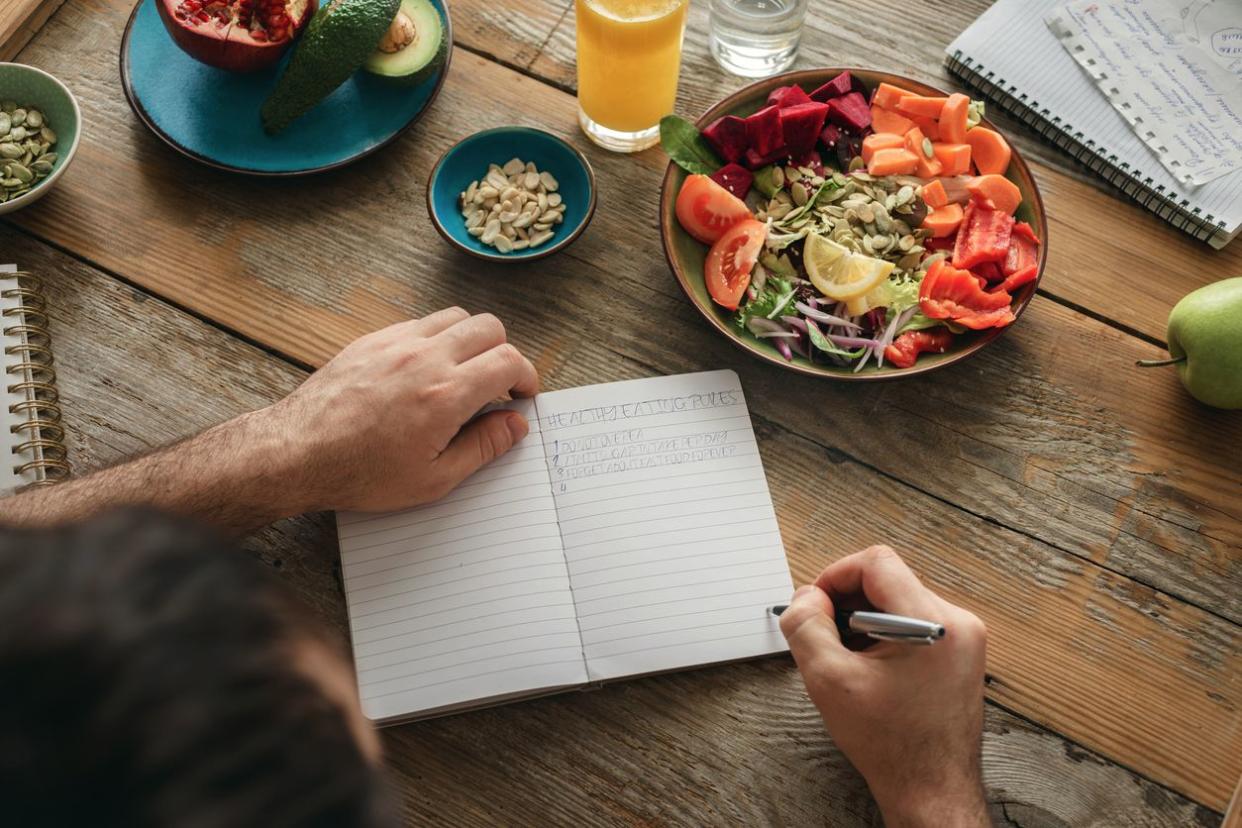

KucherAV/Istockphoto
Our Plan of Attack to Writing a Meal Plan
Here is how we generally accomplish our meal plans. To meal planning we start with a budget, then see what is on sale or what we can stretch over many meals. Then we choose meals based on the ingredients for our budget. Pop them in the weekly plan around what we have going on and how long they take to make and how we can use the leftovers. Then we make a shopping list, shop, and stick to the list.
Top Tip:
We keep a list of our favourite meals with their estimated times in our phones to quickly plan. You could even list the biggest or costly ingredients.
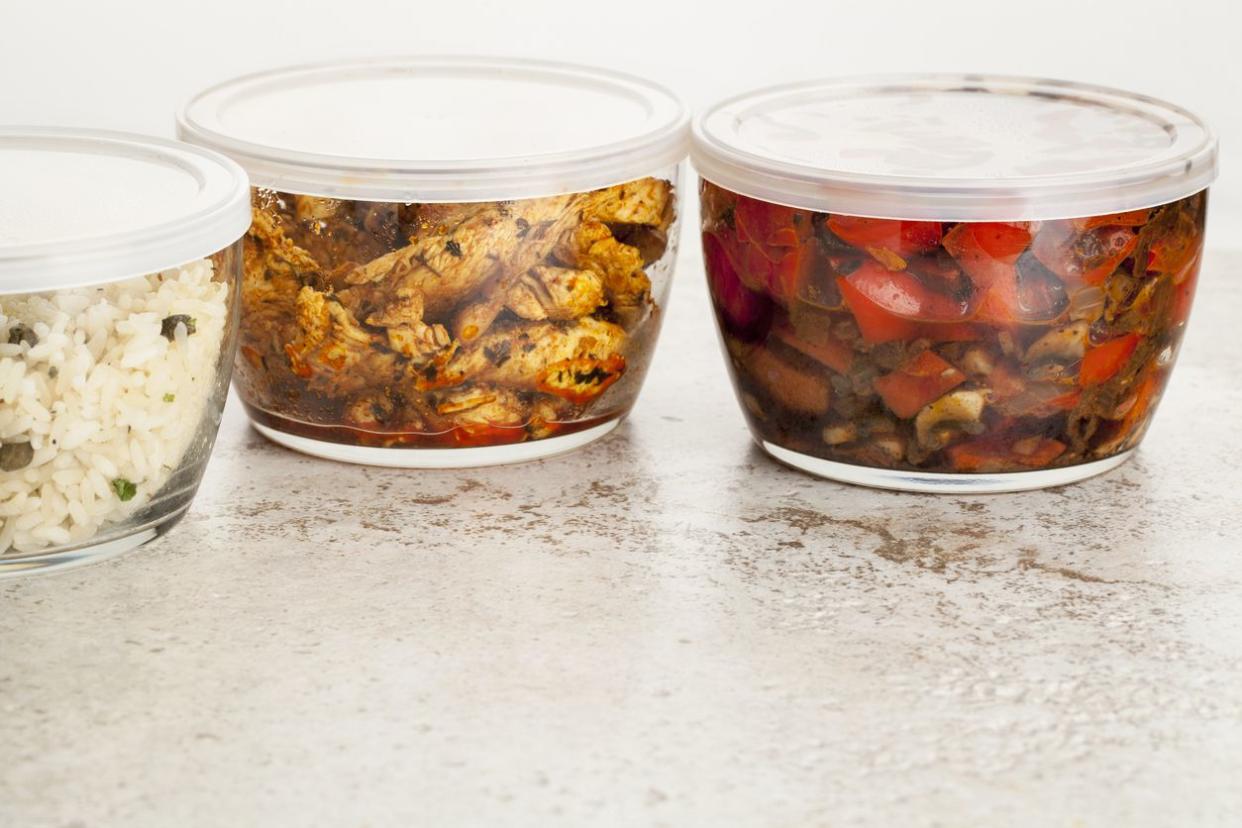

marekuliasz/Istockphoto
Tip 2 of 3 Ways to Save Money on Allergy Friendly Food
Using All Our Leftovers
Kind of like part three of the meal planning. Like with the chickpea and lentil shepherd’s pie and how we would reuse it. When we sit down to plan our meals we often think of what we are having and how much will be left over. We do one of two things. We freeze the leftovers for quick meals on days where we are really pressed for time or we incorporate it into other subsequent meals.
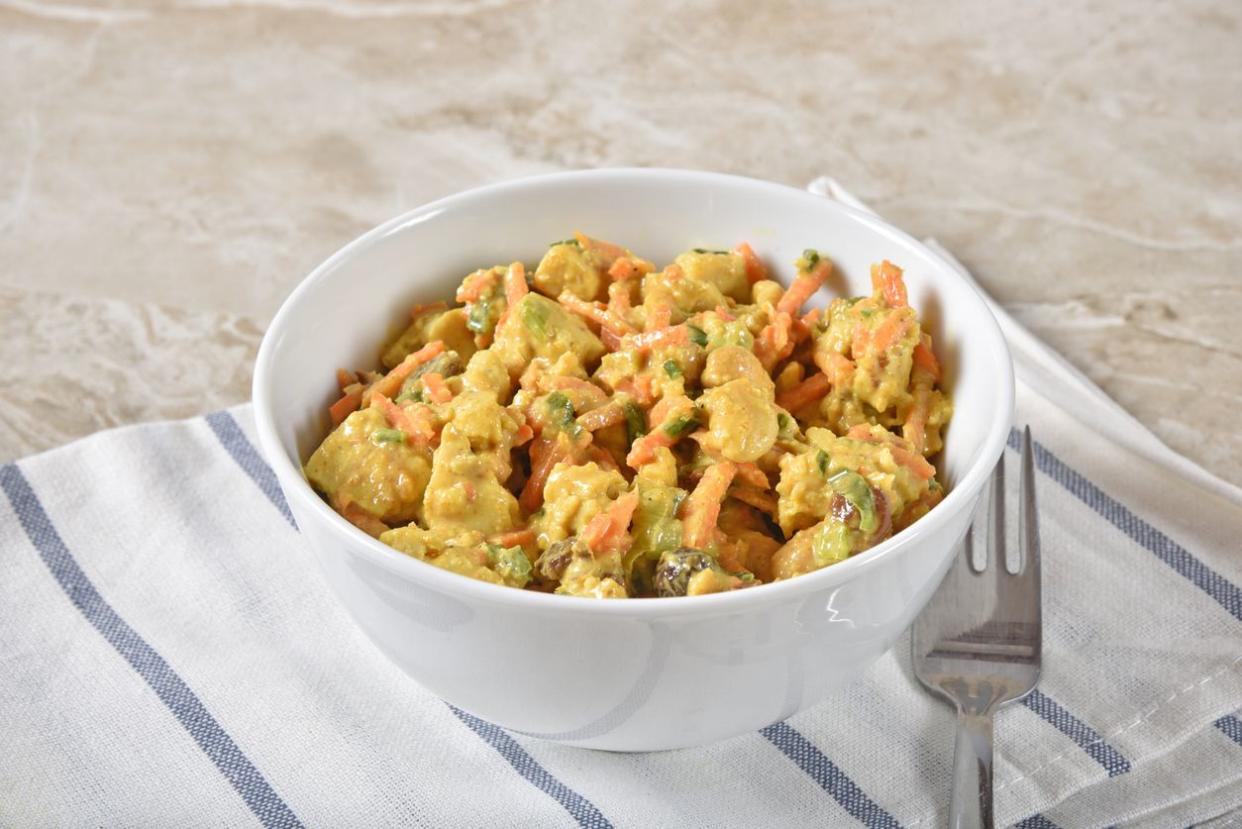

MSPhotographic/Istockphoto
Leftovers are Boring
This doesn’t mean you have to have the same dinner every night. That is boring and why a lot of people hate leftovers. We are no different. I cannot eat the same meal day in and day out. That is why tacos become nachos or a breakfast skillet with roasted potatoes and chickpea eggs.
The Way We Make Our Leftovers Different Meals
Our favourite way to re-purpose leftovers is to use it in vastly different ways to get all the nutrients out. We make 2 roast chickens for a roast chicken dinner, with steamed veggies and boiled potatoes for example. The chicken that isn’t eaten is stripped from the carcasses and chopped into bite sized pieces and made into curried chicken salad that can be eaten as a salad or on a sandwich. We save some of the meat from this, especially the tougher parts and use them for chicken noodle soup.


stefanamer/istockphoto
Getting Every Last Bit Out of the Food
The chicken bones will get boiled either alone in the pressure cooker or with our scrap veggies from the freezer bag (more on this later) and boiled for 3-4 hours on the stove. Strain out the liquid from the bones and veggies and you have stock. It is easy to make but takes time and freezer space. Add the stock, the leftover chicken meat that wasn’t a salad, the steamed veggies and boiled potatoes and you have a delicious homemade soup. We usually toss in a bay leaf or two just for cooking , marjoram, salt and pepper. It goes back to cooking from scratch. Be careful with rice though as it should be eaten sooner than later as it can grow harmful bacteria when stored and used later.
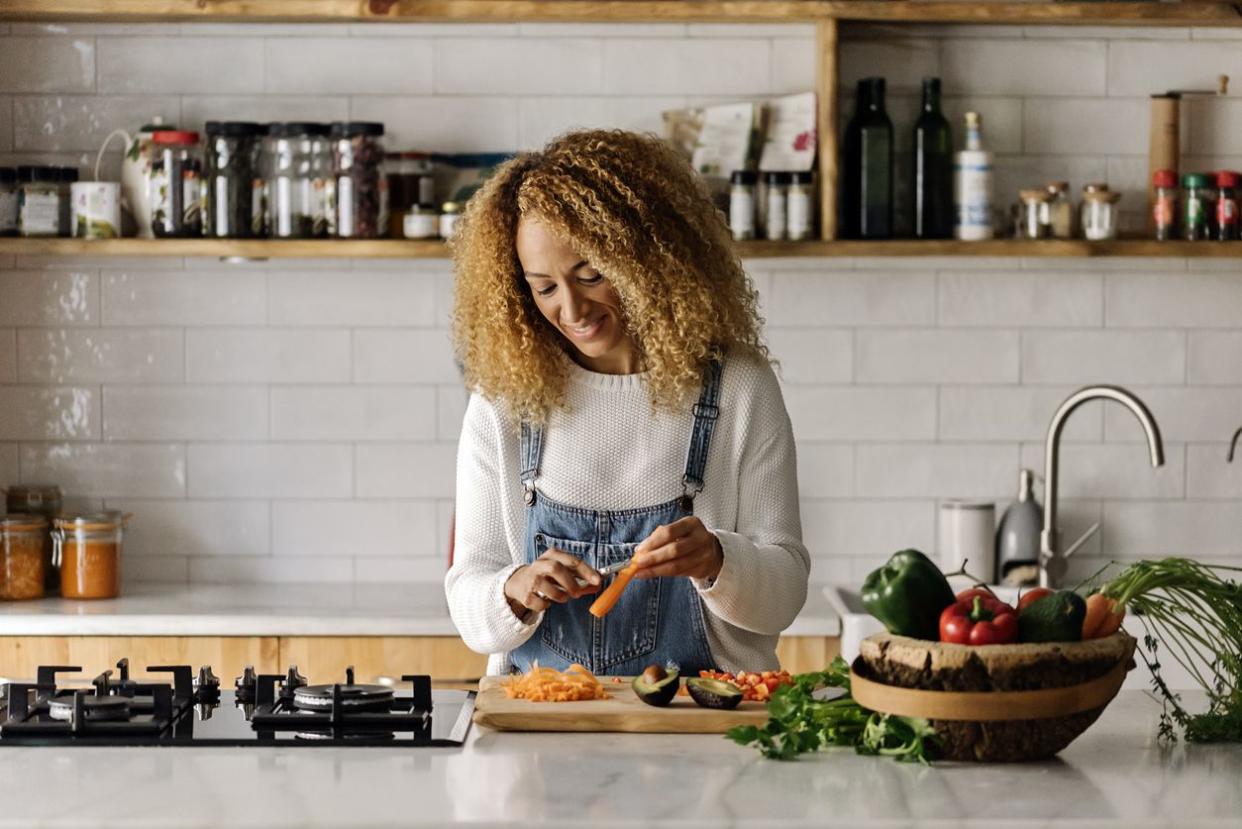

santypan/Istockphoto
There Are People Who May Not Be Able to Eat Leftovers
There is one drawback and anyone with MCAS may not be able to eat leftovers without talking to their medical team. As good is stored it produces histamines and those can send someone with Mast Cell Allergy Syndrome into a reaction. If you are struggling with MCAS or think you have it please talk to your dietician, doctor and medical team before stretching with leftovers.
Top Tip:
Batch cooking or cooking recipes with high serving amounts and freezing the leftovers into family sized meals is a way for us to save money. It allows us to have meals out of season when the fresh produce ingredients may be more expensive but we are eating the meals made from produce that was on sale, lowering our per portion cost.


nensuria/Istockphoto
Tip 3 of 3 Ways to Save Money on Allergy Friendly Food
Cooking from Scratch
This one goes along with meal planning. It can be really easy and convenient to fall back on ready made meals or products that help to make cooking dinner quicker. There is a trade off – when it comes to making convenient and fast meals they can be expensive for feeding a family. Allergen friendly food is expensive. Many of the brands that make the products are smaller businesses and have high overhead that get passed on to the consumer.
What is the Downside?
The flip side is the time – how long it takes to make meals from scratch can be long. When you have allergies you often have to make pretty much everything from scratch and that is time consuming. There will be a choice between what is most pressing right now, saving money or saving time. That is a decision only those faced with the choice can make and a choice that works for one person may not work for another.


Meeko Media/Istockphoto
How to Strike a Balance
By combining cooking from scratch with meal planning we can put easy to make meals on nights where we think we will be tired or busiest. We also can plan leftovers to take part of the workload of cooking off our plates. Then add in one meal where we use pre-made food items like Applegate natural gluten free chicken tenders and selected commercially made frozen french Fries.


PeopleImages/istockphoto
The Numbers of Costs Don’t Lie
When cooking from scratch the food costs can go down drastically as a box of Applegate Gluten free Chicken Tenders was $11.98 for a 1 pound bag at Wal-mart at the time of writing this article. Compare it with buying from the same store – chicken breasts at $2.78/Lbs, dipping them in 8 oz of rice milk for $0.05 a fluid ounce and 6 oz Gluten free Bread Crumbs at $0.31 an ounce and air frying them. The cost would be around $4.73 a pound for the breaded chicken tenders made at home. That is one third the cost of the pre-made chicken tenders. Do this a few times and splurge on the Applegate ones when really pressed for time or as a treat.
There would be plenty left over however making them as the dinner that night is made and freezing them will help to reduce the amount of time spent cooking and even out the time to cost ratio.
Top Tip:
If we get deals on ingredients that are on sale we will make large batches of recipes and freeze some in family meal sized portions. When we need a break and want a quick and easy meal we pull one of these portions out of the freezer and thaw it for dinner. Reheating it is super easy, especially for soups and helps us cut back on how many premade meals we use.
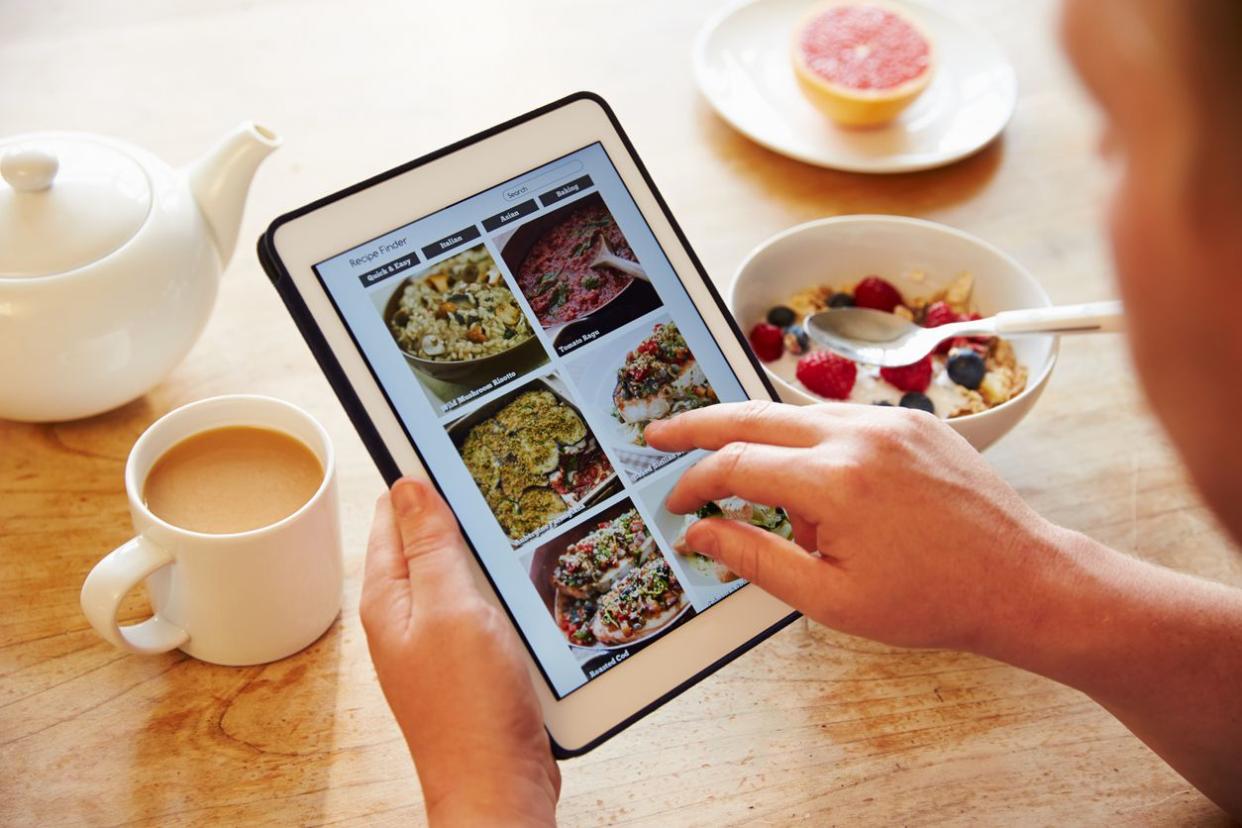

monkeybusinessimages/Istockphoto
3 Ways to Save Money on Allergy Friendly Food are available, they require a lot of diligence.
1- Make Meal Plan and Stick to it
The ability to sit down and write a meal plan each week takes a bit of effort. That Work really does pay off in the end. You know what is for dinner and there is no stressing over what to make. Fewer last minute grocery store trips is an added bonus. Meal planning can also reduce the ingredients needed. This is due to the forethought put into planning. The ingredients can be used on many nights so there is little waste. It is like buying a whole bag of potatoes to have half thrown out, for example.
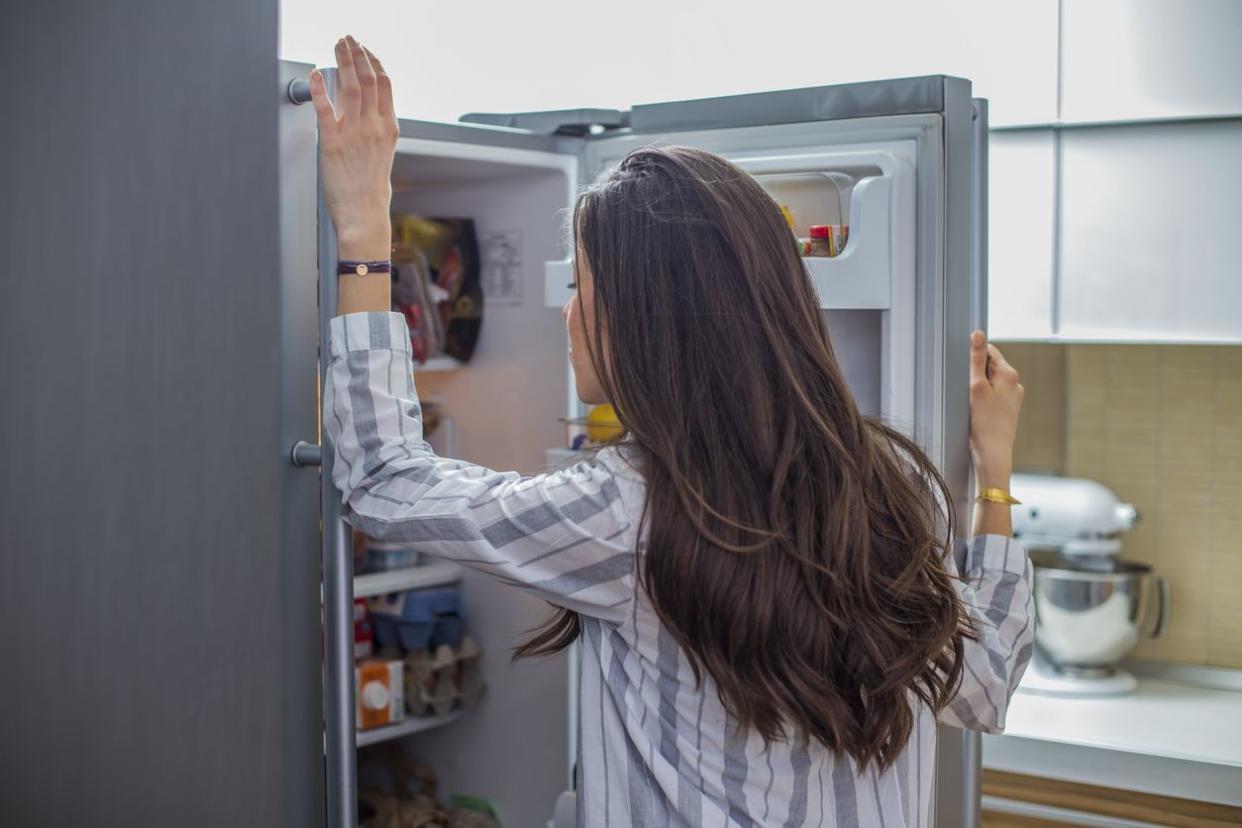

Nikodash/Istockphoto
2- Use the Leftovers
Using leftovers is a great way to save money and reduce food waste. The key is to keep the leftovers interesting. Use the food left over in different ways over meals that follow the original one. Having a whole roast chicken and then using the leftover meal on a salad or in soup. The soup and salad would be ways of re-inventing the previous night’s dinner.
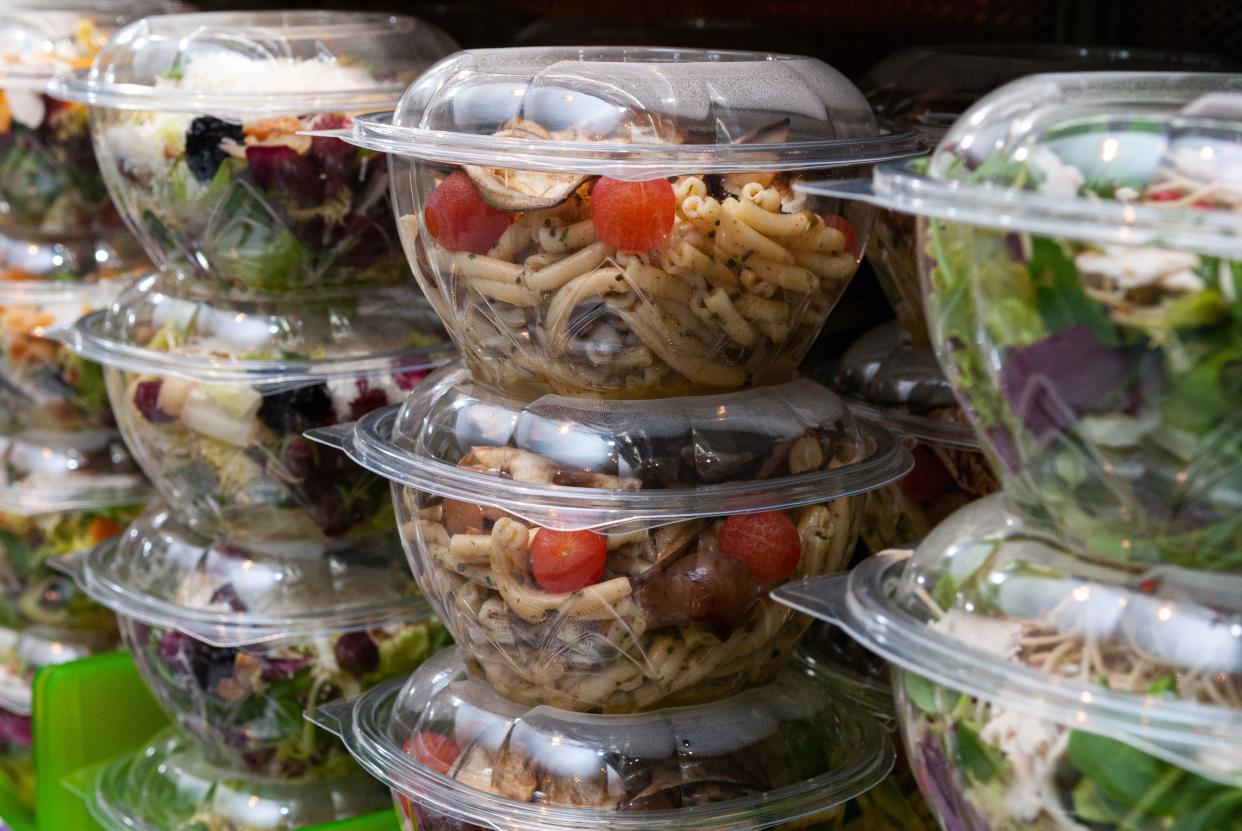

ClaudioValdes/istockphoto
3- Ditch the Pre-made Meals
Shift from using pre-made meal components to making more of them from scratch. This will both get more out of the food in terms of meals and for cost. The decision that has to be made is how much is the time worth. Is there more time than money in the food budget at the moment. It is a fine balance but a way to save, even if for a while.
This article originally appeared on Theallergenfreekitchen.com and was syndicated by MediaFeed.org


5PH/istockphoto



